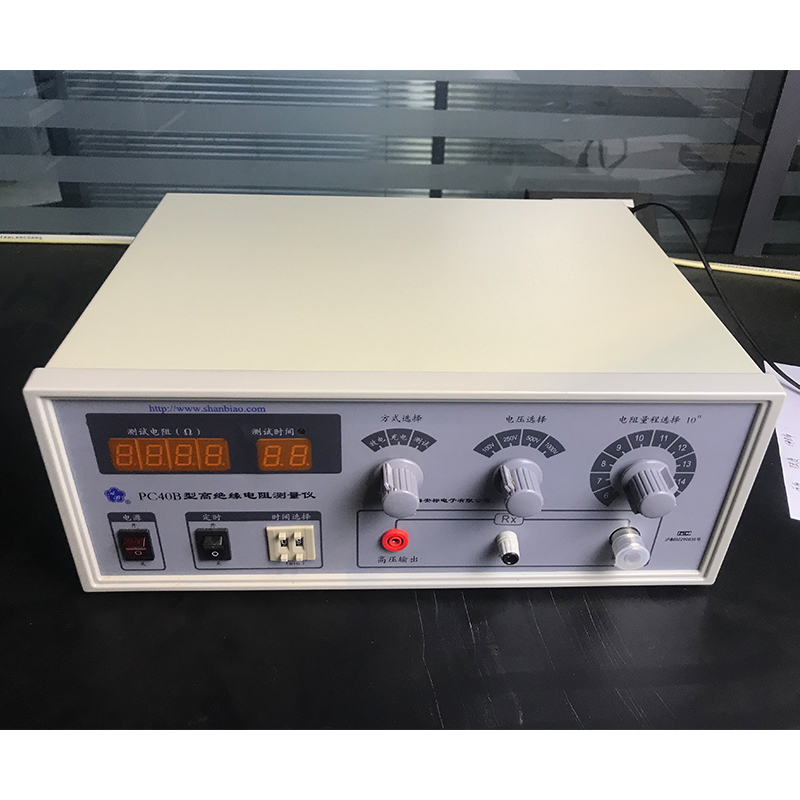UV LED Ultraviolet Radiation Crosslinking Machine for Polyolefin Applications
Understanding UV-LED Ultraviolet Radiation Polyolefin Crosslinking Machines
In recent years, the demand for advanced materials has significantly increased, prompting industries to seek innovative technologies for enhancing product performance. Among these technologies, the use of UV-LED (Ultraviolet Light Emitting Diode) radiation in polyolefin crosslinking has emerged as a leading method for improving the properties of polyolefin-based materials. This article explores the functionality, advantages, and applications of UV-LED ultraviolet radiation polyolefin crosslinking machines.
What is Polyolefin Crosslinking?
Polyolefins, such as polyethylene (PE) and polypropylene (PP), are widely used thermoplastics known for their versatility and favorable mechanical properties. However, their inherent limitations, such as low thermal resistance and susceptibility to environmental stress cracking, can restrict their applications. Crosslinking is a chemical process that involves creating connections between polymer chains, enhancing the material's overall performance by improving its strength, durability, and thermal stability.
The Role of UV-LED Ultraviolet Radiation in Crosslinking
UV-LED technology represents a significant advancement in crosslinking methods. Traditional crosslinking processes typically rely on heat or chemical agents, which can be time-consuming and resource-intensive. In contrast, UV-LED-based systems use ultraviolet radiation to initiate the crosslinking reaction in polyolefins. When UV-LED light strikes the material, it activates photoinitiators—substances added to the polyolefin that generate free radicals upon exposure to UV light. These free radicals then facilitate the bonding of polymer chains, effectively crosslinking the material in a rapid and efficient manner.
Advantages of UV-LED Crosslinking Machines
1. Energy Efficiency UV-LED machines consume significantly less energy compared to traditional UV lamps or heat curing systems. The lower energy requirements translate to reduced operational costs and a smaller carbon footprint, making them an appealing choice for environmentally-conscious manufacturers.
2. Speed The UV-LED crosslinking process can be completed in mere seconds, drastically reducing production times and enabling manufacturers to enhance their throughput. This rapid curing capability is particularly beneficial in high-volume production settings.
3. Precision and Control UV-LED systems offer precise control over the curing process. Manufacturers can adjust parameters such as intensity and exposure time, allowing for optimal crosslinking tailored to specific material formulations and product requirements.
uv-led ultraviolet radiation polyolefin crosslinking machine

5. Versatility UV-LED technology can be applied to various polyolefin formulations and is compatible with a range of additives and fillers, enabling the production of specialized materials for different industries.
Applications of UV-LED Crosslinking
The versatility of UV-LED crosslinking machines allows them to be employed in various sectors, including
- Automotive Strengthened materials are crucial in automotive applications, where durability and heat resistance are essential. UV-LED crosslinked polyolefins are used in under-the-hood components, wiring, and exterior parts.
- Packaging In the packaging industry, UV-LED crosslinked materials are utilized for their enhanced barrier properties, making them suitable for food packaging and other sensitive applications.
- Electronics The electronics industry benefits from UV-LED crosslinking, producing materials with improved electrical insulation and mechanical strength for components such as connectors and coatings.
- Construction Construction materials, such as adhesives and sealants, gain increased performance from UV-LED crosslinking, ensuring long-lasting results in a variety of environmental conditions.
Conclusion
UV-LED ultraviolet radiation polyolefin crosslinking machines represent a modern solution for enhancing the performance of polyolefin-based materials. With their numerous advantages, including energy efficiency, speed, and versatility, these machines are transforming the way industries approach material development. As the demand for advanced materials continues to grow, UV-LED technology will play a crucial role in shaping the future of manufacturing across various sectors.
-
Why the Conductor Resistance Constant Temperature Measurement Machine Redefines Precision
NewsJun.20,2025
-
Reliable Testing Starts Here: Why the High Insulation Resistance Measuring Instrument Is a Must-Have
NewsJun.20,2025
-
Flexible Cable Flexing Test Equipment: The Precision Standard for Cable Durability and Performance Testing
NewsJun.20,2025
-
Digital Measurement Projector: Precision Visualization for Modern Manufacturing
NewsJun.20,2025
-
Computer Control Electronic Tensile Tester: Precision and Power for the Modern Metal Industry
NewsJun.20,2025
-
Cable Spark Tester: Your Ultimate Insulation Assurance for Wire and Cable Testing
NewsJun.20,2025
 Copyright © 2025 Hebei Fangyuan Instrument & Equipment Co.,Ltd. All Rights Reserved. Sitemap | Privacy Policy
Copyright © 2025 Hebei Fangyuan Instrument & Equipment Co.,Ltd. All Rights Reserved. Sitemap | Privacy Policy
